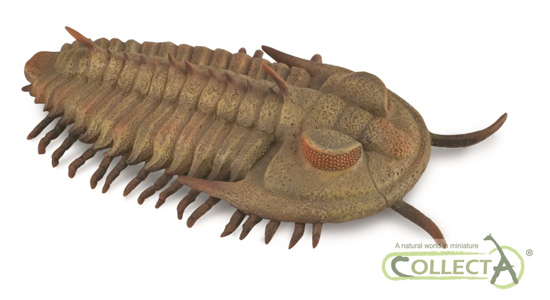Review of BBC Television’s “First Life” Documentary
Praising David Attenborough’s “First Life”
Last night, the BBC showed the second and concluding part of the television documentary “First Life”, which provided information regarding the origins of life on Earth. Sir David Attenborough may be an octogenarian but his energy and enthusiasm for the natural world is as undiminished as ever and his intelligent commentary combined beautifully with state of the art computer graphics to give viewers an insight into the origins of life on Earth.
“First Life”
The long slow fuse to the Cambrian explosion, as we at Everything Dinosaur like to call the later stages of the Cryptozoic Eon, was handled very well in the first of the programmes entitled “Arrival”, the second and final part, called “Conquest” dealt with the rise of the arthropods and the rapid diversification of animals which ultimately led to the evolution of the first land animals.
In fairness to the production company, cramming 3.3 billion years of the history of life on Earth into just two, one-hour documentaries is an achievement in itself. Such a programme would have been very difficult to make twenty years ago as our understanding of the evolution of early life forms has increased immensely over the last few years.
The major fossil sites that help to document the origins of life were visited and Sir David, tackled the steep slopes of the Burgess shales (British Columbia) and the sweltering heat of the Ediacaran hills with gusto. We were expecting to hear a little more about the Gunflint sedimentary rocks of western Ontario (Canada) and their micro-organism fossils, but the oldest fossils visible to the naked eye – Stromatolites were discussed and Sir David did visit colonies in Australia, giving the viewer an impression of what some parts of the world would have looked like way back in time.
Great to see Charnia and Charnwood forest in the documentary, a part of England that Sir David knows well as he used to indulge in his hobby of fossil collecting in the exposed sedimentary rocks in the area. One thing that did make a lasting impression on us, was the use of computer graphics to bring Charnia back from the dead as it were. The lack of pigmentation was something that had not occurred to us. This is obvious now that we think about it, organisms living at the bottom of the sea in complete darkness would not need pigmentation.
The Diversification of the Trilobites
The diversification of the trilobites was well handled, although it would have been nice to have seen a number of genera animated so that viewers could get a real impression of the multitude of forms that arose. Indeed, in the second episode – “Conquest” the arthropods dominated, there was not much coverage of the molluscs, brachiopods or the Echinodermata.
The locations were stunning and the camera crew certainly racked up the air-miles with a number of exotic sites featured, but lovely to see the important Scottish fossils that have helped document the rise of the arthropods and the evolution of land animals.
A Replica of a Trilobite
For models and replicas of early prehistoric animals such as trilobites an nautiloids: CollectA Prehistoric Life Models.
Organisms that most readily capture our attention tend to be easily visible, intelligent with complex behaviour – mammals like us, for example. Yet, as far as the history of recorded life on Earth is concerned – the fossil record, it is the invertebrates that are much more abundant and it is wonderful to see a television series that provides an insight into our current knowledge as to life’s origins.
The fossil remains of Pikaia (pronounced pick-kay-ah), from the Burgess Shale deposits did get a mention. The discovery of a Cambrian organism with a notochord – the rise of Chordata Phylum had to be covered, after all, if it wasn’t for creatures like Pikaia, we would not be here today.
Personally, I would like to have seen more information on the competition that arose between Arthropoda and Mollusca and perhaps a little more on the evolution of plants, but apart from these minor points – another broadcasting triumph for the BBC.
A number of team members have asked for the book that accompanies the television programmes to be added to their Christmas lists.
Scientist’s knowledge of the Palaeozoic and the origins of life has been increased exponentially over the years. A study of ancient strata in Sweden has led some researchers to conclude that the impact of extraterrestrial objects led to another spurt in the evolution of life in the Ordovician Period.
To read more about this research: Palaeozoic Meteorite Bombardment gives Life on Earth a Helping Hand.


